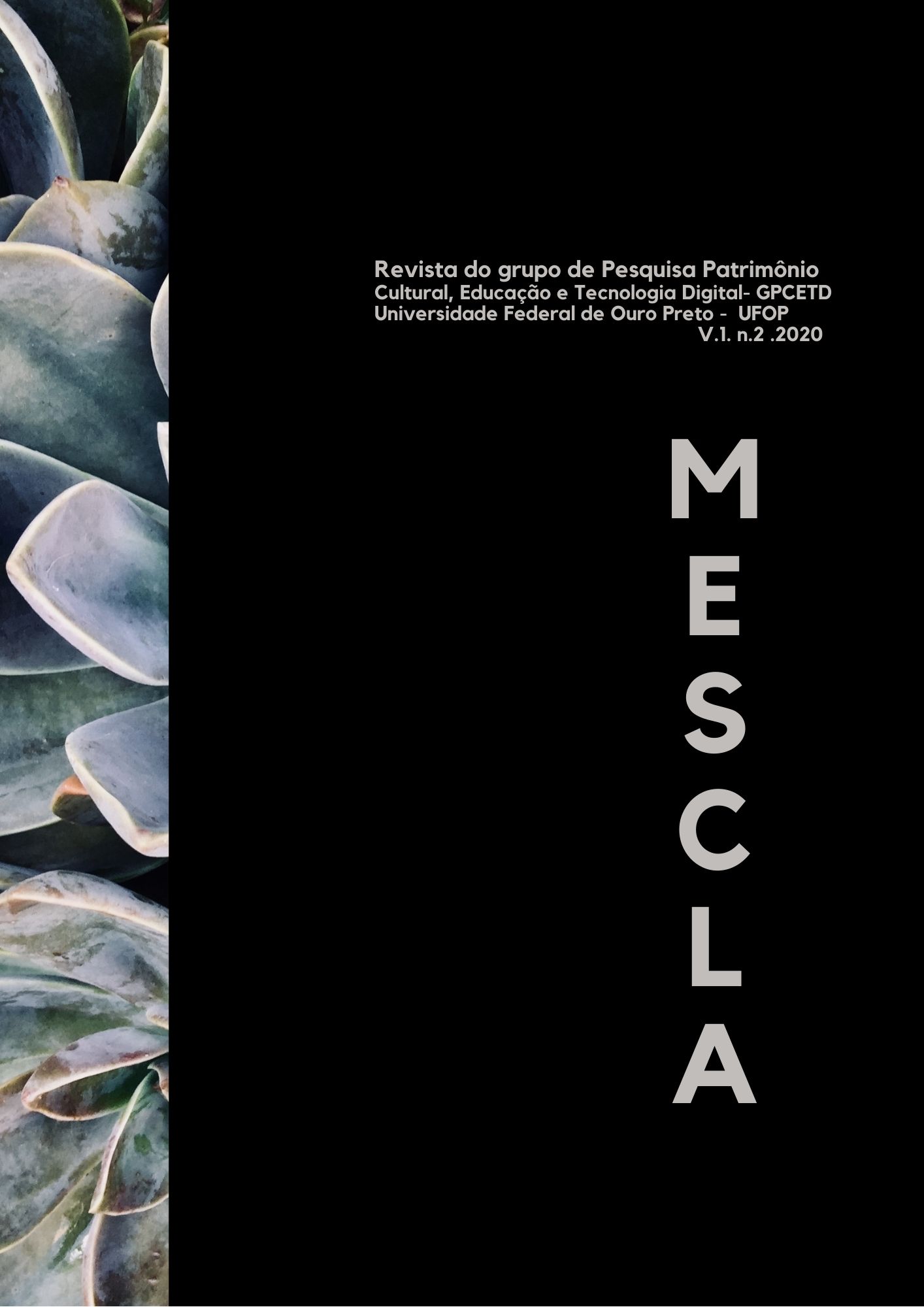O Irã do Aiatolá Khomeini: uma batalha ocidental sob a égide de Deus?
Resumo
O artigo apresenta a relação que se consolida no Irã entre a religião muçulmana xiita e a sua política doméstica e externa após a Revolução Islâmica de 1979. Sob forte influência do principal líder da Revolução, o Aiatolá Khomeini, há o estabelecimento de nova estrutura governamental ancorada no Islã. Ainda, o trabalho elucida os impactos da nova estrutura de governo no âmbito regional e internacional. Para tanto são apresentados a história da política iraniana, a partir do regime do Shah, e os fatores que impulsionaram a Revolução e o estabelecimento do Governo Islâmico. Deste modo, busca-se compreender as consequências para o posicionamento do Irã em suas relações internacionais.
Referências
ABRAHAMIAN, Ervand. The History of Modern Iran. New York: Cambridge, 2008.
ALVANDI, Roham. Nixon, Kissinger, and the Shah: the origins of Iranian primacy in the Persian Gulf. Diplomatic history, 36 (2), 2012, pp. 337-372.
ARMSTRONG, Karen. Em nome de Deus: o fundamentalismo no judaísmo, cristianismo e no islamismo. São Paulo: Companhia das Letras, 2001.
DEMANT, Peter. O Mundo Muçulmano. 3° Ed., 4° reimpressão- São Paulo: Contexto, 2018.
EHTESHAMI, Anouhiravan. The Foreign Policy of Iran. In: The foreign policies of Middle East states. BOULDER, Co.: Lynne Rienner, 2009, pp. 283 -309.
HALLIDAY, Fred. The Middle East in International Relations. Cambridge: Cambridge, 2005.
HAYNES, Jeffrey. Religião nas Relações Internacionais: Teoria e Prática. In. Religião
e Relações Internacionais: dos Debates Teóricos ao Papel do Cristianismo e do Islã. Juruá Editora, 2016.
KAPLAN. R. D. A vingança da geografia: a construção do mundo geopolítico a partir da perspectiva geográfica. Rio de Janeiro: Elsevier, 2013.
KHOMEINI, Imam; ALGAR, Hamid (Tradutor). Islamic Government: Governance of the Jurist. Theran: The Institute for Compilation and Publication of Imam Khomeini Works, 1971.
KISSINGER, H. Ordem Mundial. Rio de Janeiro: Objetiva, 2015.
MALONEY, Suzanne. The Revolutionary Economy. The Iran Primer, 2010. Disponível em: https://iranprimer.usip.org/resource/revolutionary-economy. Acesso em 28/10/2020.
MUMFORD, Andrew. Proxy Warfare and the Future of Conflict. The RUSI Journal, 158:2, 2013, pp. 40-46. Disponível em:
https://www.tandfonline.com/doi/full/10.1080/03071847.2013.787733. Acesso em 29/10/2020.
SOLTANI, Fakhreddin; AMIRI, Reza Ekhtiari. Foreign Policy of Iran after Islamic Revolution. Journal of Politics and Law, vol. 3, n. 2, September 2010.
THOMAS, S. The Global resurgence of religion and the transformation of international relations: the struggle for the soul of the twenty-first century. Nova York: Palgrave Macmillan, 2005.
WELLS, M. C. Thermidor in the Islamic Republic of Iran: The rise of Muhammad Khatami. British Journal of Middle Eastern Studies, 1999.
Copyright (c) 2021 Mescla

This work is licensed under a Creative Commons Attribution-NonCommercial-NoDerivatives 4.0 International License.


